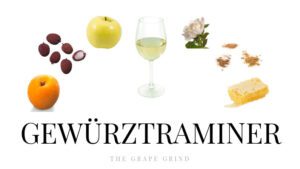
Gewürztraminer
Welcome to the new Grape Grind website!
Celebrate with 10% OFF Guides! Code: GUIDES10
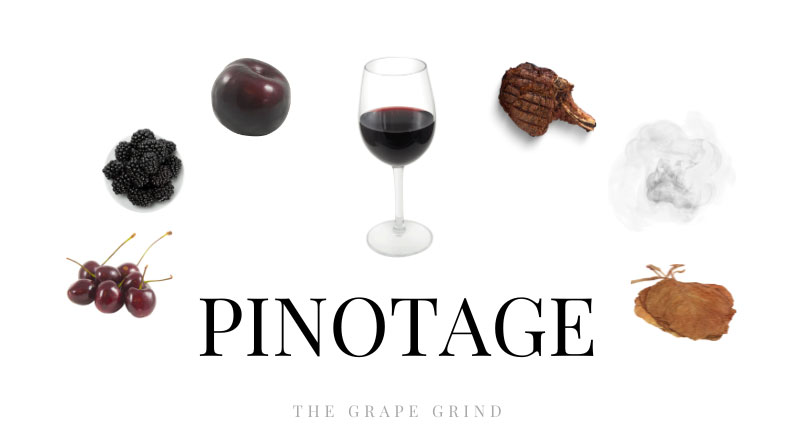
Pinotage is South Africa’s flagship red varietal, specifically in Stellenbosch along the Western Cape. A cross between Cinsault and Pinot Noir, Pinotage is favored for its balance of dark fruit, spicy, and meaty flavors.
The intentions for breeding Pinotage were pure. Designed to have the nuance of Pinot Noir but without the fickleness and thin skin, Pinotage was destined for success in South Africa. Unfortunately, mass producers used its inky color and bold flavor as a way to thin out cheap bulk wines, giving it a poor reputation for decades.
Luckily, prestigious winemakers have reclaimed the grape’s reputation and are making bold, rich, well-structured wines. In the end, its success comes down to the attention to detail imparted by the winemaker.
A few more notes on Pinotage:
The following guide will illustrate what Pinotage often tastes like (aroma, flavor, and structure). It will also tell you where it’s from, provide you with common food recommendations, similar varieties, and let you know why you should be drinking more of it!
One look at your glass, and you’ll see Pinotage is no small wine. Leaning heavily in all structural points, it’s used to add a savory, earthy flavor and acidity to Cape Blends.
A typical glass of Pinotage comes in at 13-15% ABV, which is pretty darn alcoholic in the wine world. This is due to the warm climate it’s grown in, which, when overdone, can lead to an overly alcoholic (or “hot”) aroma that can be alleviated with some aerating.
Blackberry, fig, and black cherry are all suitable descriptors for this powerhouse of a wine. This is due to the naturally warm climate in South Africa and makes it a juicy addition to Cape Blends.
STANDARD TASTING NOTES: These are your benchmark exam-style tasting notes.
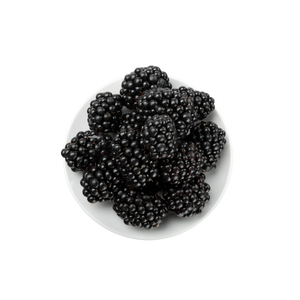
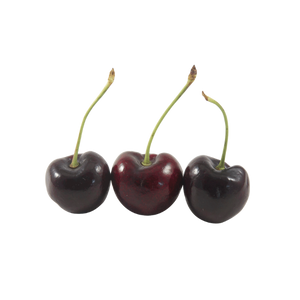
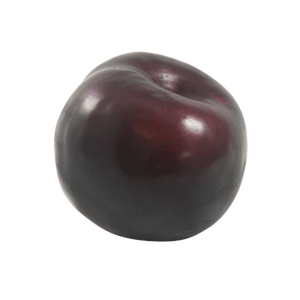
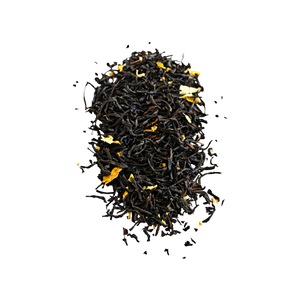
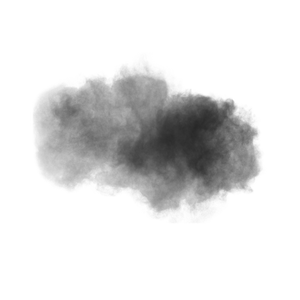
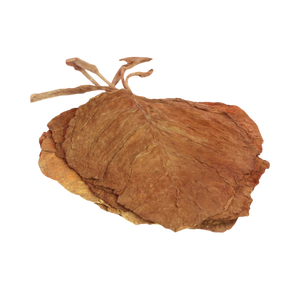
Young bottles of Pinotage will typically exhibit brighter red fruit notes, like raspberry, red cherry, and strawberry.
Remember, wine tastes are somewhat relative. There may be some different tasting notes you consistently find while drinking Pinotage.
There is no “one size fits all” when it comes to structure for every grape, however, there IS a general range when it comes to body, acid, alcohol, and tannin for each. Below are general guidelines for classic representations. Growing conditions and winemaking techniques can impact each of the following.
Think of “body” in terms of a liquid scale, with light body being akin to water and full body being akin to full-fat milk. In this context, Pinotage has a full mouthfeel and texture.

You can measure acidity by judging how much saliva accumulates in your mouth after swallowing. Both parents to Pinotage are high acid, so it only makes sense that acid would be generally higher in this wine!

That “burn” you feel when you sip on a wine is the sensation of alcohol. Pinotage grows in a warm climate and is known for getting pretty ripe on the vines, both of which contribute to a higher alcohol wine.

Tannins come from the grape’s skins and add to the drying, “grippy” sensation as you sip. You can tell a wine is high in tannins if it dries out your tongue. Pinotage sits on the higher side.

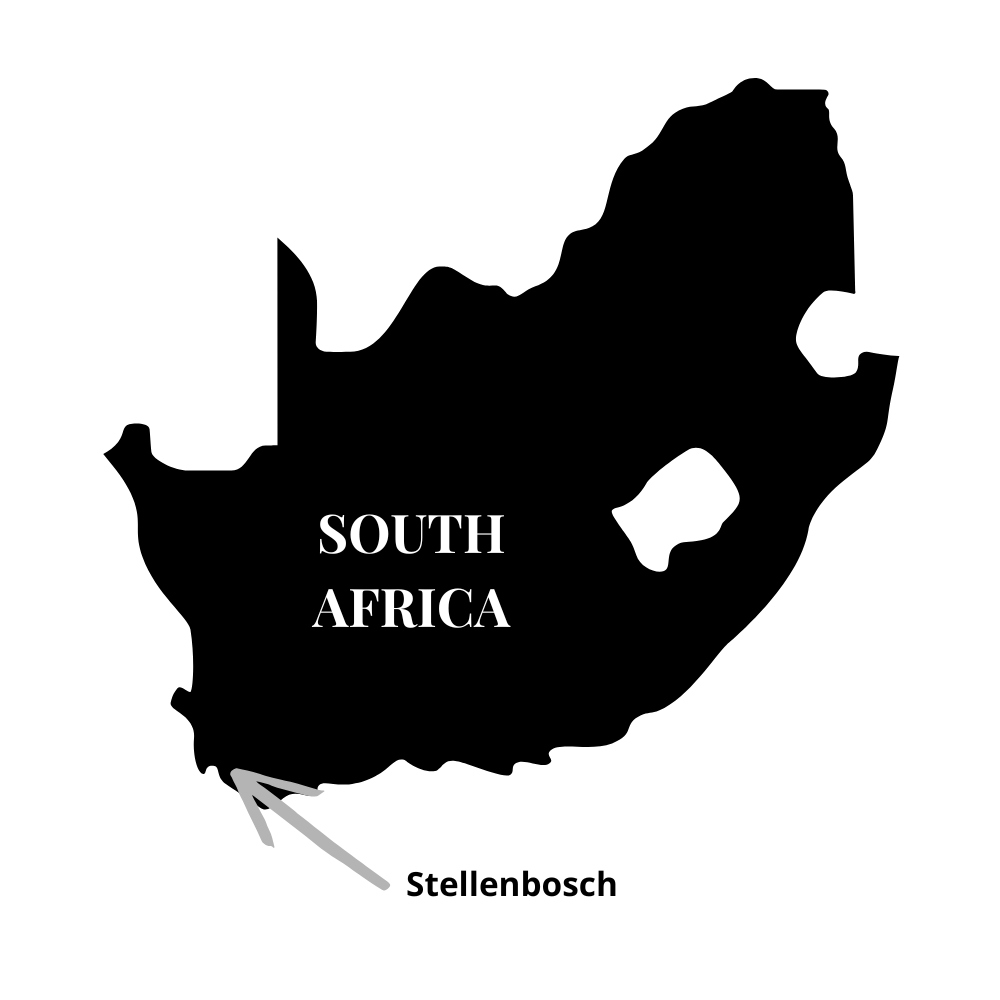
Primarily in: Stellenbosch
Pinotage was developed in 1925 by Abraham Perold, the first Professor of Viticulture at Stellenbosch University. As mentioned earlier, the intentions were to create a flagship red varietal that had the complexity of Pinot Noir but with thicker skins and the ability to grow in Stellenbosch’s hot, dry climate.
Today, this grape is still found almost exclusively here, and the best examples come from warmer sub-regions like Simonsberg.
You may also find Pinotage grown in New Zealand, California, Switzerland, and Israel, though these are minor in comparison to South Africa’s production.
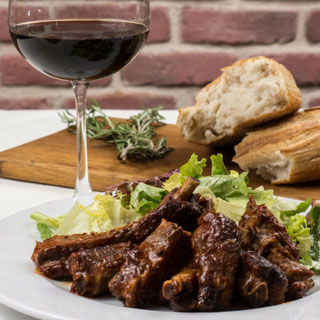
The smoky, savory, and spicy flavors of the meat will accentuate those similar characteristics in the wine without overshadowing them. Instead, the wine will appear sweeter and fruitier.
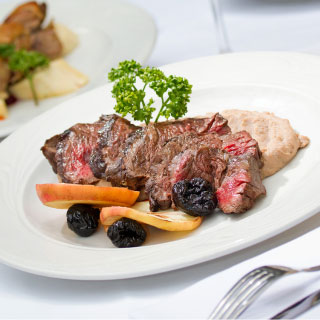
Pinotage is often referred to as herbaceous, gamey, or earthy, all of which are equally suitable for a hearty venison roast (or stew!). The venison will appear richer and juicier, and the acidity of the wine will create a pleasant textural change.
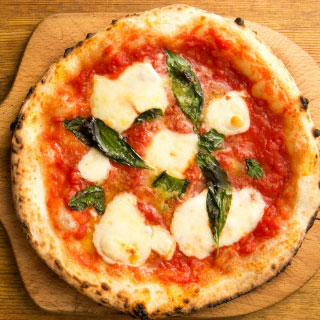
To be fair, what red wine doesn’t go with pizza? In this case, the wine’s natural acidity and tannins will cut through even the cheesiest, sauciest pizza and come out tasting far sweeter and luscious.
Other pairings: Duck, lamb, pasta, beef stew, hamburgers, and mushroom risotto.
(common confusions)
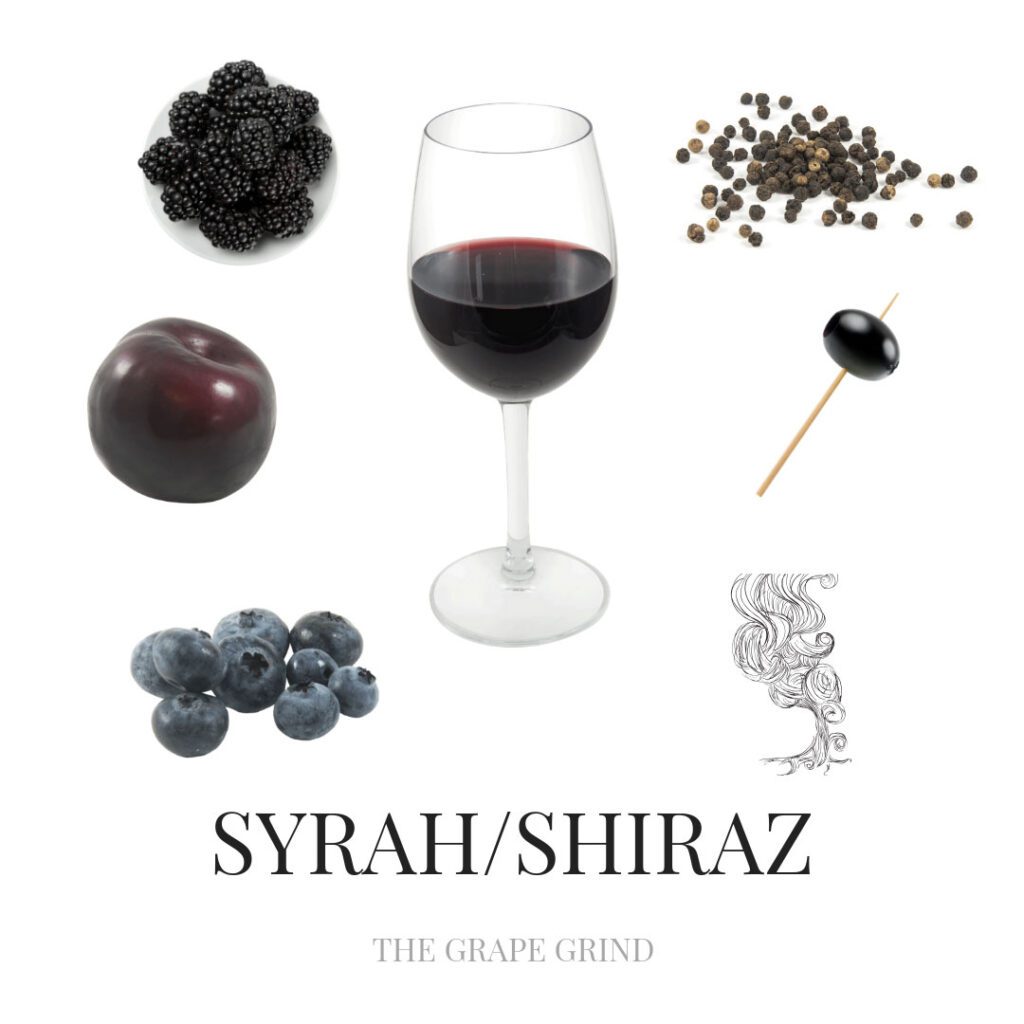
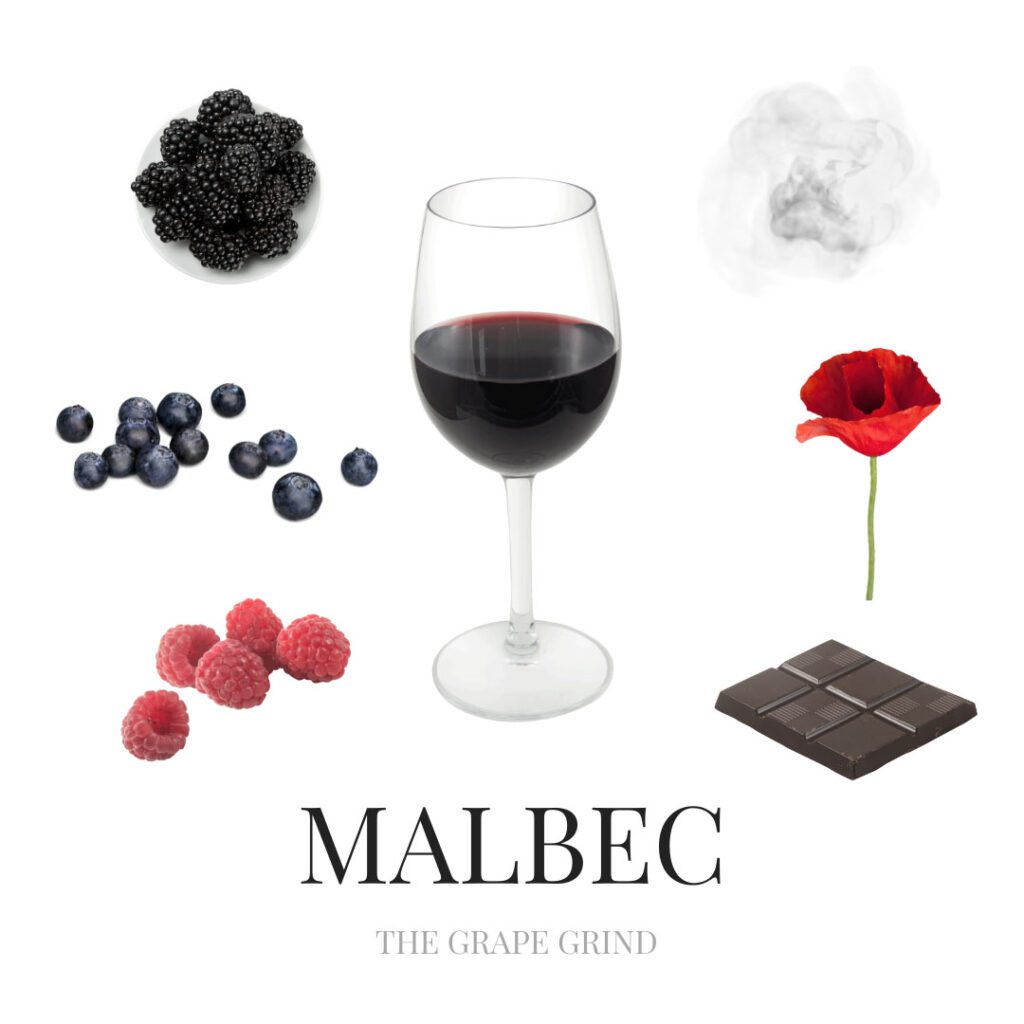
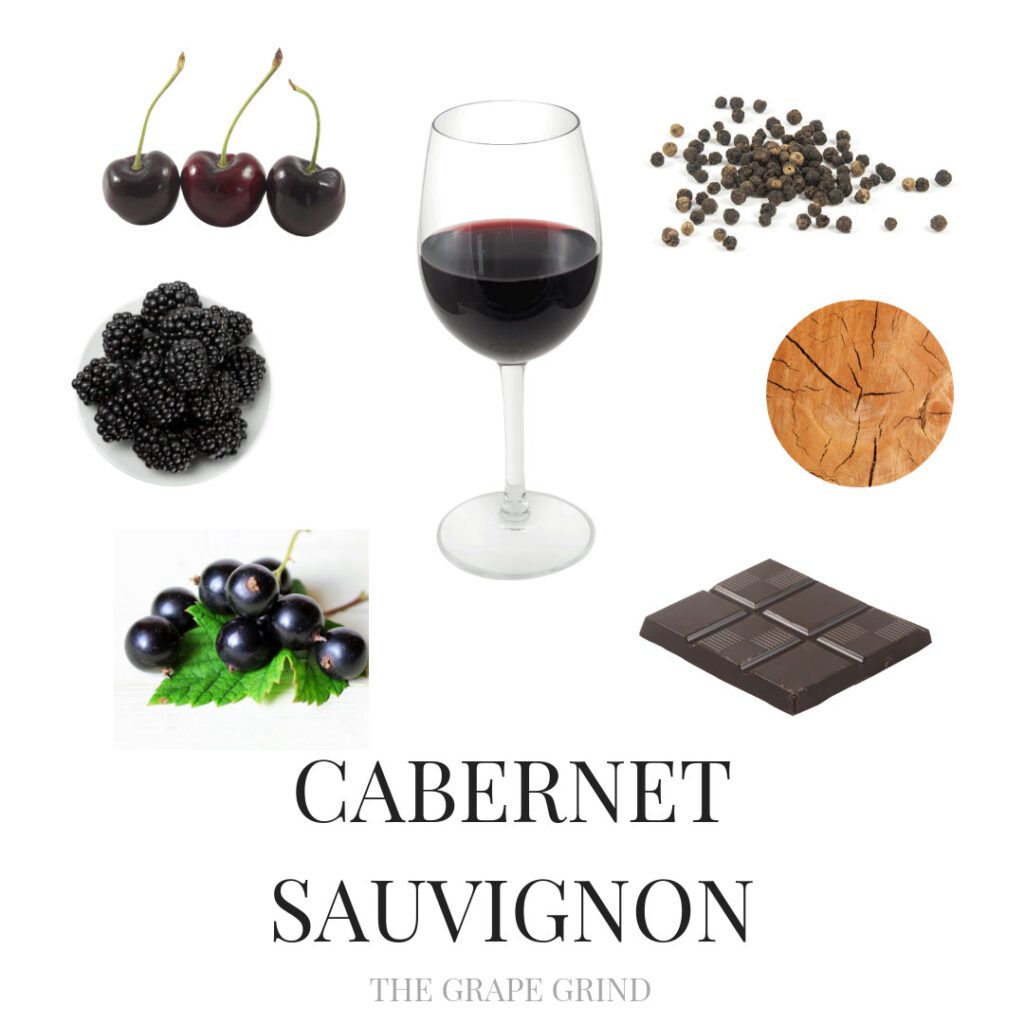
↑ Wine.com is an affiliate partner. We earn a small referral commission at no extra cost to you!. I will never recommend anything that isn’t valuable or useful in my wine study journey, or something I have no experience with. I hope these products/resources are equally helpful in your wine journey.
No matter your current skill level, we can help you improve – pass that exam, share your wine knowledge with others, guide your buyers, enhance your guests’ experience, and show up with confidence and credibility as a wine professional!
Want to get better at tasting wine?